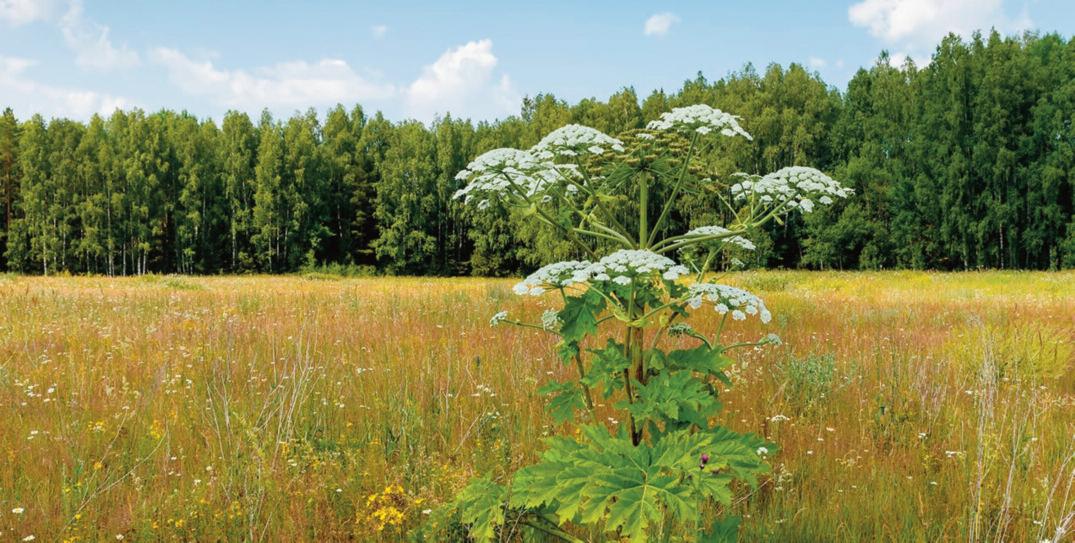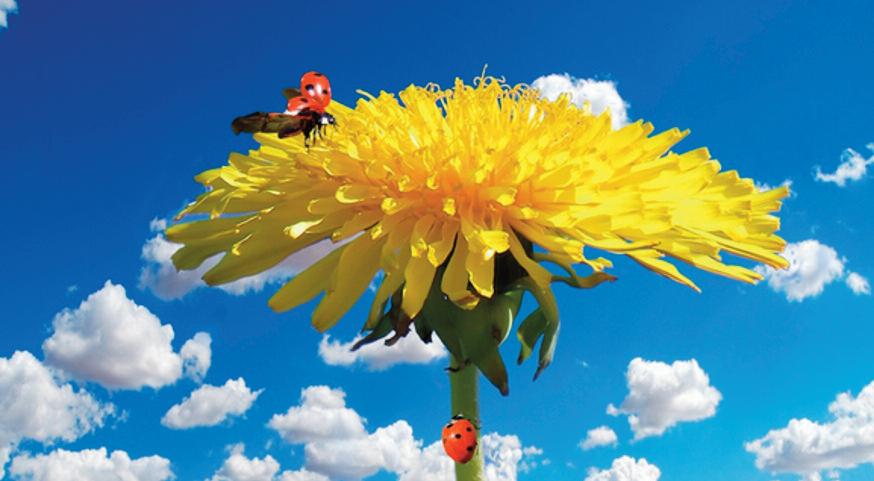
3 minute read
All Abou t Weeds...
All abou t weed(s)
Quite a few o f you will have heard abou t weed or Cannabis sativa to call it by its bo tanical name bu t what abou t o ther weeds?
Advertisement
The f irst question is what is a weed? Some say it is just an unlo ved plant or a plant gro wing in the wrong place. The dictionar y def ines it as “a wild (no t deliberately cultivated ) plant gro wing where it is no t wanted” Grass found in arable f ields are classed as a weed bu t in your garden is something to enjo y Indeed some people spend hours mo wing and pampering their patch o f grass
For co ws it is their staple diet The strange thing abou t cannabis it does have medical proper ties apar t f rom getting people high
Many o f our weeds do have medicinal proper ties and were used to treat many ailments right up until the second world war. Some people still believe in using plant-based treatments Scientists think there are many undisco vered plants and treatments yet to be disco vered in the rain forests A no table treatment o f modern times was for breast cancer using taxol which is derived f rom the needles o f the yew tree
So, what is in plants that gives it medicinal proper ties? Alkaloids are found in some and are extremely toxic and were rarely used in folk medicine Glycosides are ano ther complex chemical compound and the one in Foxglo ves works on the hear t muscle Other plants work as laxatives and some as sedatives
There are many major charities set up to save animals bu t as far as we kno w only Plantlife speaks for the plants, “although the Lorax does speak for the trees” (Dr Seuss)! The impor tance o f weeds [flora] on our planet’s sur vival is o ften o verlooked Insects eat plants, birds eat insects and so on in an ecological chain So, what is meant by an ecological chain? In simple terms it is a case o f what eats what, in order There is an old song that explains it in the full, entitled ‘On Ilkley Moor Baht ‘at’ (Google it)!
The
Do
The problem in pro tecting a singular species, plants, and animals, is there is a danger that the common species become less common It is a f ine balancing act You will f ind when you walk the Glebe Meado ws that some plant species have disappeared This happens naturally and seeds can lay dormant in the ground until the right conditions arrive The poppy for instance is an arable weed and needs cultivated ground to sur vive. . The seeding plants in meado ws need an annual hay cu t, a bit o f turning and dr ying (tedding) for the seeds to pop ou t.
The dried o vergro wth then needs taking away o ther wise it decomposes and enriches the soil The coarse ruderal vegetation gro ws best in rich soils. The f inest wild plants need poor soil, and the best varieties are found on chalk do wnlands.
During the war (tr ying no t to sound like Uncle Alber t f rom Only Fools and Horses) Chicor y roo t was used as a substitu te for co ffee You can still bu y Camp Chicor y and Co ffee essence in shops today, so it must have something going for it War time food shor tages had a lo t o f people eating wild plants as well as f ruit picking in the hedgero ws dandelion leaves, and nettles for instance One word o f cau tion on eating fungi Although most are edible the few that are no t contain some o f the nastiest toxins there are They work as ner ve agents in the same way as No vichock does and far quicker If you are no t an exper t, then stick with shop purchased fungi as you should with o ther wild plants you might be tempted to eat.

Next time you walk through the meado ws look do wn and see ho w many different plant species you can see. It doesn’t matter if you don’t kno w their names You can no w take a picture with your smar tphone and an app will identify it for you (more or less) When bo tanists look to identify a variation o f plant species, they look in detail to get that species right, even dissecting a stalk and counting ho w many cells are around the stem wall.
If you have young children, you can star t them on leaning to identify plants by counting ho w many different types o f yello w flo wers, blue flo wers, white flo wers etc Next time you visit the Glebe meado ws see if you can count ho w many different species there areYou will be surprised P.S mind the co w pats!
“Still a fool and their money … etc ”










